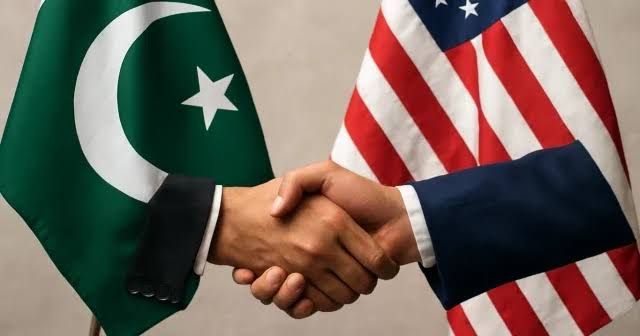Some moments in history silently mark a turning point for a nation’s destiny. July 31, 2025, is one such day for Pakistan. After months of quiet diplomacy, economic urgency, and tireless negotiations, Pakistan and the United States have signed a landmark bilateral trade agreement — a deal that promises to reshape the economic landscape between Islamabad and Washington.
This isn’t just about reducing tariffs or increasing exports. It’s about access, trust, investment, and a shared future built on pragmatic interests.
The Core of the Agreement: Trade, Oil, and Trust
At the heart of this game-changing agreement lie three strategic pillars:
1. Significant Tariff Reductions
The United States has agreed to lower tariffs on key Pakistani exports — including textiles, agricultural goods, and manufactured items. This will provide Pakistani exporters with a competitive edge in the world’s largest consumer market.
2. Oil Investment and Exploration Support
In a groundbreaking move, the US will support Pakistan’s efforts to explore and develop its untapped oil reserves. This investment could help Pakistan reduce its energy import dependence and move toward self-sufficiency.
3. Boost to Foreign Direct Investment (FDI)
American companies will now have broader opportunities to invest directly in Pakistan’s growing sectors, particularly in energy, infrastructure, and agri-business.
The Silent Build-Up: Diplomacy at Work
While the world’s attention remained focused on global power shifts — from China’s rise to Middle Eastern conflicts — Pakistan quietly made strategic moves. Over the past two months, Pakistan’s finance and foreign affairs teams engaged in a series of technical and political discussions in Washington D.C.
Finance Minister Muhammad Aurangzeb personally led negotiations on the ground, while Foreign Minister Ishaq Dar described the deal as a “strategic economic breakthrough.”
Global Context: Why Now?
This agreement comes at a time when the global economic order is shifting fast:
- US-China tensions have left Washington seeking alternative trade allies in Asia.
- Russia’s ongoing conflicts have disrupted global energy flows.
- South Asia’s geopolitical importance is rising.
In this context, Pakistan presents itself as a unique bridge — geographically positioned between Central Asia, the Middle East, and China’s Belt & Road Initiative. The US now sees Pakistan not just as a security partner, but a viable economic player.
What’s In It for Pakistan?
Enhanced Exports
Lower tariffs mean Pakistani goods will reach American consumers faster, cheaper, and in greater volumes.
Energy Independence
With American backing, Pakistan’s domestic oil fields could be tapped — reducing its reliance on imported fuel.
Job Creation
Fresh investment in local industries will translate to more factories, infrastructure, and employment.
Global Confidence Boost
This deal signals that Pakistan is regaining global investor confidence — a massive win for a country often seen through a lens of instability.
The Road Ahead: Not Without Challenges
This agreement is powerful — but only if implemented with care and clarity.
- Pakistan must ensure governance transparency to attract and retain investment.
- Political continuity is vital. Future governments must uphold and expand this framework.
- Environmental concerns related to oil exploration must be addressed through sustainable policies.
Final Thoughts: A Quiet But Bold New Beginning
This trade agreement marks the beginning of a new chapter — not with drums or slogans, but with quiet strength and strategic clarity. It’s a chance for Pakistan to evolve from a struggling economy to a regional growth engine.
But it’s not the agreement itself that brings transformation. It’s the follow-through — the execution, reforms, and vision — that will determine whether this is a one-time victory or the foundation of a golden economic era.
Check More:
- Is India Blocking Pakistan’s Water Under Indus Waters Treaty?
- Pakistan Long-Range Missile Program: A Rising Strategic Threat

